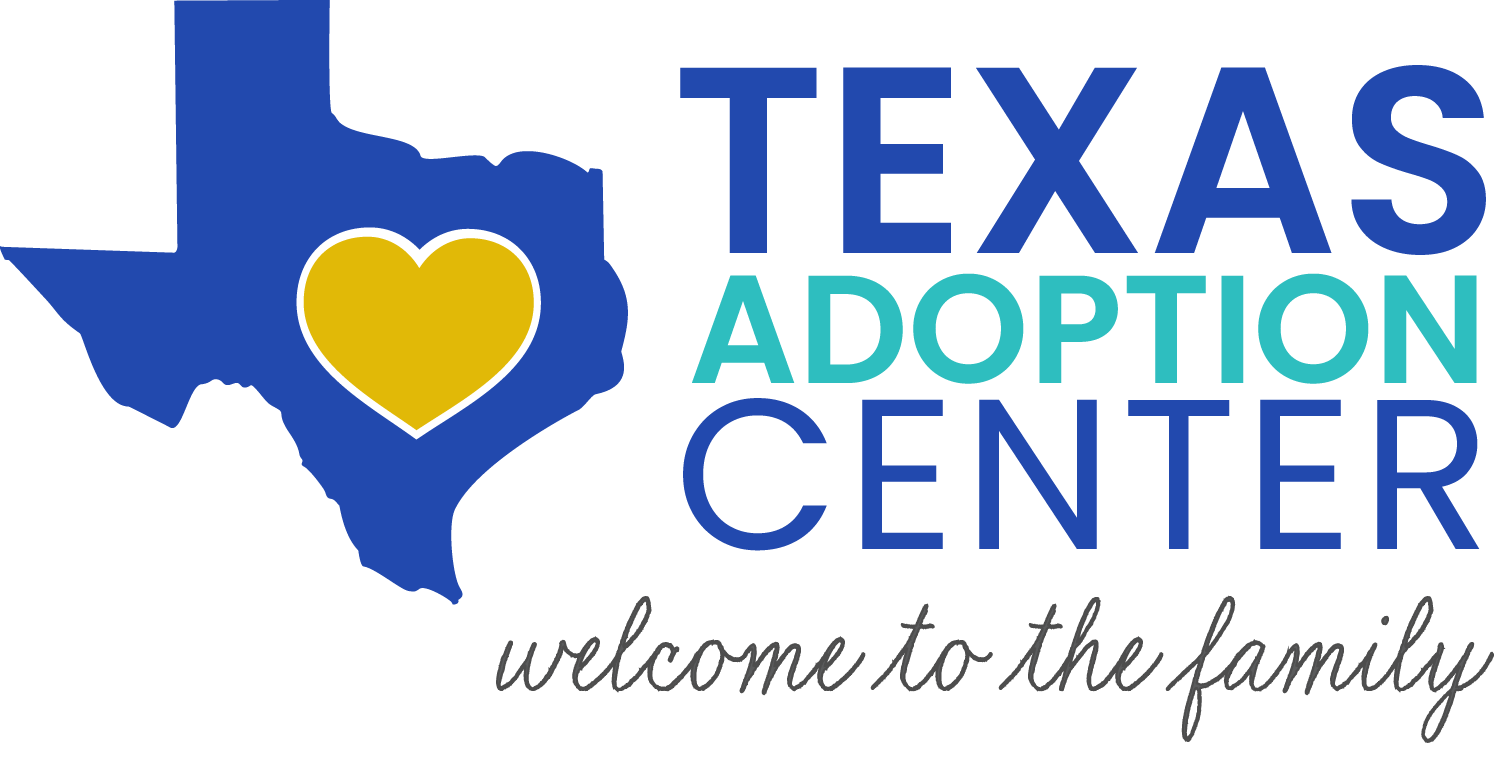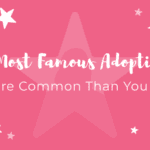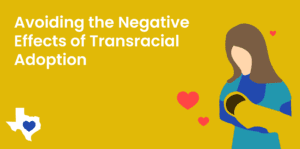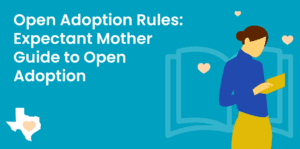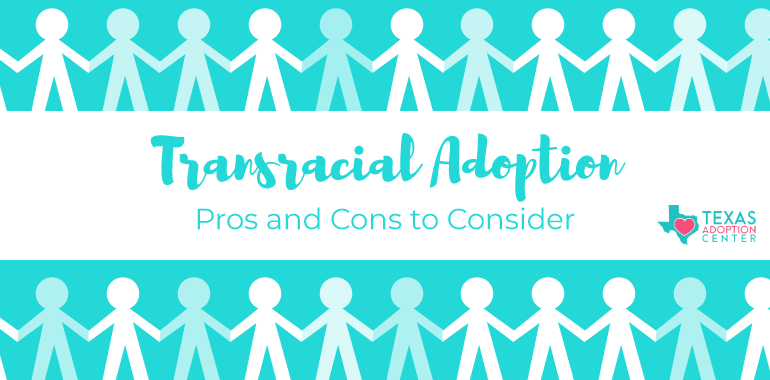
A birth mother wants to find the best family for her child. Adoptive parents want to expand their family and raise their children in a loving home. Sometimes, the child and the adoptive parents are from different races.
Transracial adoption can be a beautiful thing. But it also comes with its unique challenges. Being educated about transracial adoption pros and cons can help you decide if it’s the right decision for you. Let’s begin!
How common is transracial adoption?
Transracial or interracial adoption occurs when a child of one race or ethnicity is adopted by a family of a different race or ethnicity. In the United States, transracial adoption is on the rise. In fact, the number of adopted children being raised by a parent of a different race rose by 50% between 1999 and 2011.
Decades ago, transracial adoption was often stigmatized by different groups of people. However, popular opinion has shifted, and people now embrace the beauty and love that a multicultural family can provide. At Texas Adoption, we’re proud to connect birth mothers to families from many ethnicities and cultures that are hoping to adopt.
The United States is more multicultural than ever and transracial adoptions reflect the diversity of our nation. Recent Census data reveals that racial and ethnic diversity is quickly increasing, especially among the younger generation. As multiethnic families become more common, parents with children of a different race will see more and more families that look like their own.
If you’re interested in transracial adoption or want to know more about it, read on!
Transracial Adoption Pros and cons
Before we hop into the interracial adoption pros and cons, it’s important to acknowledge that the decision is in your hands. After you have done the research and weighed the options, you have to decide whether interracial adoption is right for you. We hope the following points will guide you in your decision.
Pros of Transracial Adoption
There are many benefits of transracial adoption. Here are three reasons that this type of adoption is a beautiful choice:
Open-minded children and parents. From a young age, the child will be exposed to and interact with people of different ethnicity. This expands a child’s worldview and prepares them to thrive in an ethnically diverse setting. In some cases, the child will grow up celebrating holidays from multiple cultures, speaking multiple languages, and learning to appreciate those from different backgrounds. Both the child and the parents are enriched culturally.
A loving home. Every child deserves to be loved and cared for. A birth mother selects the family that she knows will offer the best life for the child. If this family happens to be of another race, then interracial adoption is the right choice. Love transcends skin color and cultural differences. The right adoptive parents are committed to loving the child, educating themselves about their child’s culture, and providing the best opportunities possible for the child.
More social acceptance. When children see families that look like their own, they are less likely to feel alienated or unusual. Fortunately, the increase in transracial adoptions means more everyday people have family members that look different. In addition to everyday families, representation in pop culture is on the rise. For instance, the widely popular television show ‘Modern Family’ depicts transracial adoption and so does the hit drama series ‘This is Us.’
Cons of Transracial Adoption
You may be wondering, “Why is transracial adoption an issue?”. In some cases, outside forces or internal family struggles can make transracial adoption challenging. Here are a couple of cons to think about when considering transracial adoption:
Judgment from those around you. When a child looks different from their parents, some people may react with judgment rather than acceptance. They may ask intrusive questions like, “Is that your child?” This is hurtful to both the child and the parents who love the child as their own. Strangers may stare, and friends or family members might make disparaging comments. This can be an ongoing challenge. It’s important to examine the area you live in and the people you surround yourself with before deciding to move forward with interracial adoption.
Feelings of otherness. A child that does not look like their family may feel different and experience identity struggles. For instance, a Chinese child adopted by Caucasian parents may grow up without friends, relatives, teachers and others that look like them. They may be hyper-aware of how different they are or face bullying and discrimination. This does not have to be the case. But it can happen. This is why parents must educate themselves on their child’s birth culture and strive to create a diverse environment for them to grow up in.
Talk to the Experts at Texas Adoption Center
A famous quote about adoption reads, “Our family is like a big, beautiful patchwork quilt. Each of us different yet stitched together by love.” Many families with adopted children indeed look different from each other. But the love of a parent can transcend boundaries and overcome challenges. The adoption specialists at Texas Adoption Center are here to guide you in your journey. Contact us today to learn more about the types of adoption and how the process works.
